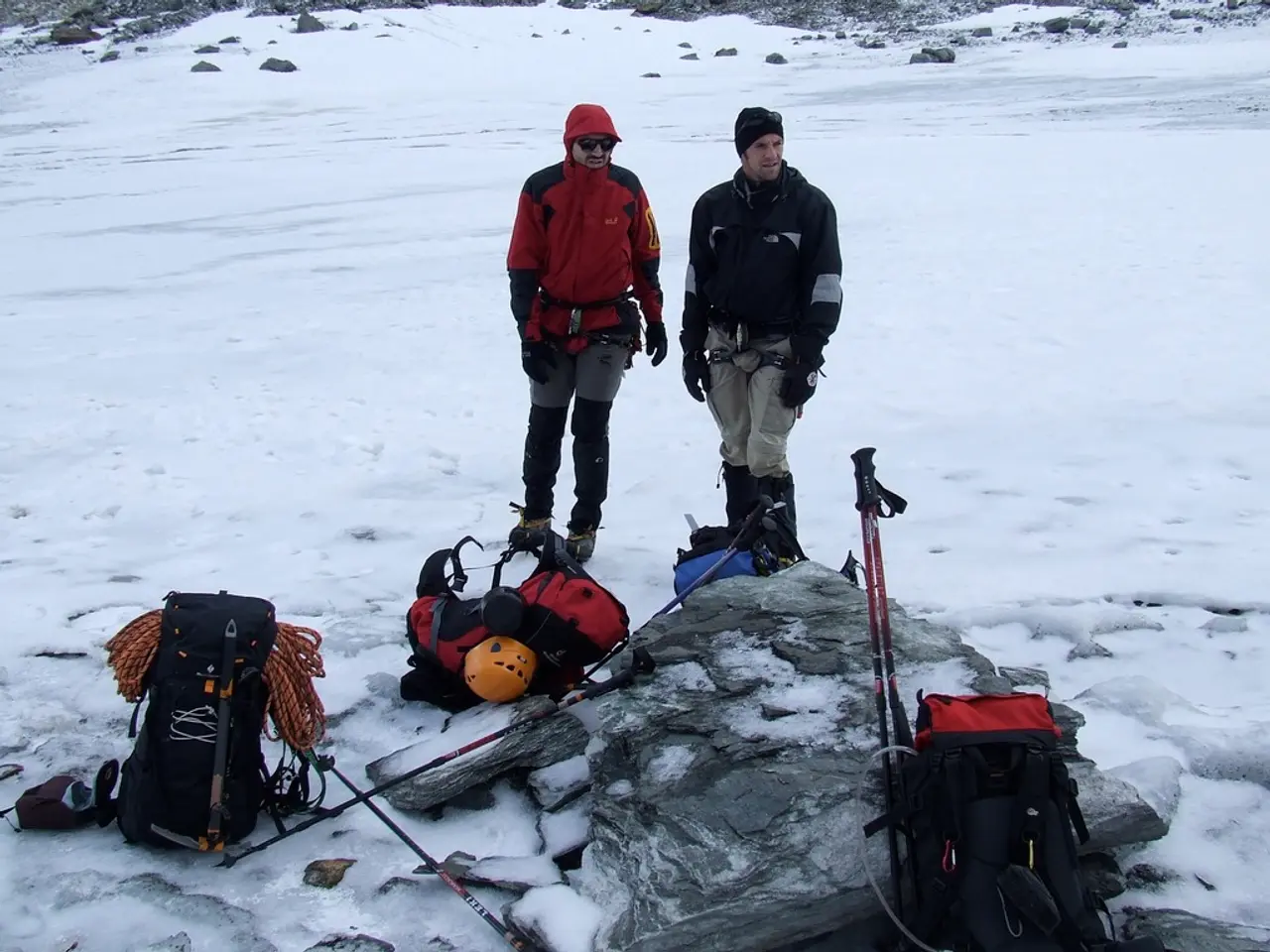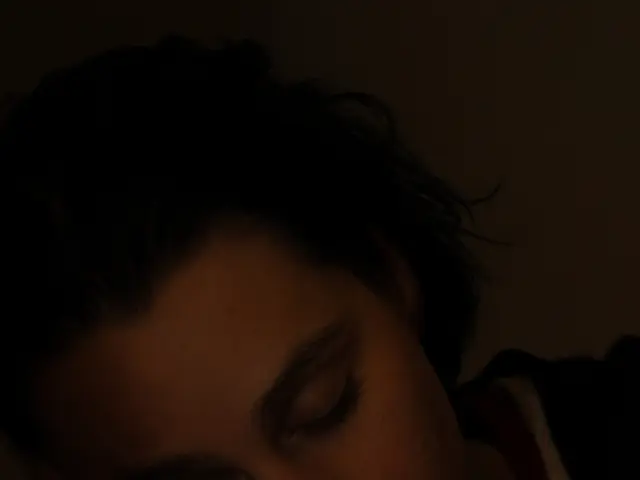Distinguishing between a Cold Sore and a Pimple: Identifying Key Differences
In some cases, the appearance of fingernail ridges could be a sign of vitamin deficiencies, particularly deficiencies in vitamin B12 and iron.
Vertical ridges on nails, brittleness, and darkening are often associated with a vitamin B12 deficiency [1][4]. On the other hand, iron deficiency can lead to vertical or sometimes horizontal ridges, brittle or spoon-shaped nails, and is a frequent cause of koilonychia (spoon nails) [1][3][4].
While biotin (Vitamin B7) deficiency can cause brittle, thin nails with splitting and peeling, ridges are less emphasized in this type of deficiency [1][4]. Other vitamins, such as A, C, E, and minerals like zinc and calcium, also play a role in nail health, but their connection to ridges is less significant compared to B12 and iron deficiencies [2][3].
It's important to note that vertical ridges can also be a normal sign of aging. However, if you notice these ridges along with brittleness or discoloration, it's advisable to consult a healthcare provider to assess your vitamin and mineral levels and receive targeted treatment.
While the National Library of Medicine has a list of signs indicating the need for emergency medical attention, and the Cleveland Clinic has identified conditions like "pimples", this article focuses on the relationship between vitamin deficiencies and fingernail ridges.
Remember, while there is a correlation between vitamin deficiencies and fingernail ridges, it's crucial to understand that there is no direct evidence that vitamin deficiencies cause fingernail ridges. Always consult a healthcare professional for accurate information and guidance.
[1] Source: Mayo Clinic [2] Source: National Institutes of Health [3] Source: American Academy of Dermatology [4] Source: British Journal of Dermatology
Science reveals that iron deficiency can lead to the development of vertical or horizontal ridges, brittle or spoon-shaped nails, while health-and-wellness practices focused on skin-care might help maintain overall nail health, potentially lessening the appearance of such ridges. However, it's essential to remember that vertical ridges can be a natural sign of aging, and a healthcare provider should be consulted if these ridges appear alongside brittleness or discoloration, to assess vitamin and mineral levels.





